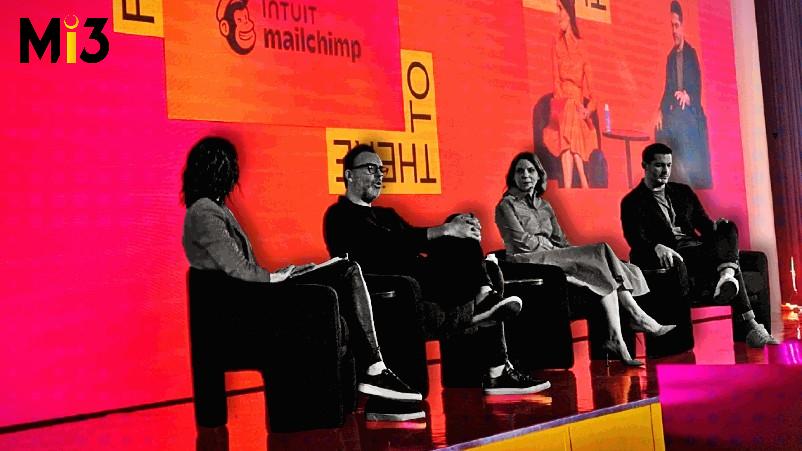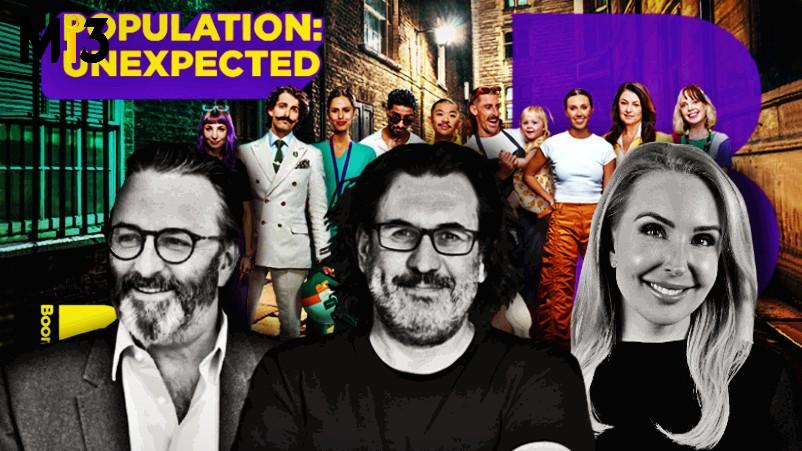The Australian market finally has a launch date for VOZ trading, with OzTam confirming that the new currency will officially come into effect from Sunday 29 December 2024.
Author: admin
The Iconic launches new campaign to mark partnership with Seven for 64th Logie Awards
Pure-play fashion retailer, The Iconic has struck a partnership with Seven for the 64th TV WEEK Logie Awards.
Asahi Super Dry unveils remote-controlled claw machine in marketing stunt via The Monkeys and Nakatomi
Asahi Super Dry has launched a real-life, Japanese-style claw machine that can be controlled remotely via a smartphone from anywhere in Australia.
Telstra, Kia, Mailchimp CMOs on how they’re using AI, linking bonuses to cross-functionality, selling distinctiveness to the c-suite – and why marketing trumps customer
There’s a tonne of people with customer in their title, but Telstra CMO Brent Smart says marketing is the only function that can actually deliver new customers. Kia’s top marketer Dean Norbiato is KPI-ing staff on being cross-function and cross-discipline, or they don’t get their bonus. Mailchimp CMO Michelle Taite is making her teams play golf with dumplings using a mouse. The three unpacked AI use cases, creative effectiveness strategies, selling brand and distinctiveness to the CFO – and why nothing in marketing can be binary.
Brand trust takes centre stage in the age of information overload: Intuit Mailchimp
Intuit Mailchimp has released a new report titled ‘Brand Trust in the Age of Information Overload’, revealing that brand trust and connection (46%) is the number one factor that drives sales with Australian shoppers.
Optus attempts to restore network confidence with no-cost, no-commitment 7-day mobile trial
Optus is launching a no-cost, no-commitment 7-day mobile network trial for Australians as a marketing play designed to drive more confidence in its network following the massive data breach and network outages that took over mainstream headlines in the least three years.
Unilever and Samsung join forces to find ways to innovate laundry experiences
Unilever Home Care brands, Dirt Is Good (Persil) and Comfort, is teaming up with Samsung on plans to revolutionise the future of home laundry by combining the tech of powder and liquids with the tech of washing machines.
Twitter’s rebrand to ‘X’ struggles to take flight here and globally, finds new study
Twitter’s rebrand to ‘X’ is yet to gain widespread acceptance among businesses with nearly nine in 10 consumers globally still referring to the platform by its former name, a new Omnisend survey reveals.
Apocalypse not now: Google’s cookie rug pull points to ‘deprecation by default’ but market has already moved on – and regulators are lining up
Four years in, Google has officially pulled the rug on cookie deprecation. Consensus is Google read the runes on the upcoming report from the UK Competition and Markets Authority (CMA) report in the UK and factored in the DOJ’s anti-trust case that kicks off in September. Mi3 spoke to brand, media, agency, and regulatory leads to gauge the impact for marketers and the supply chain – and they see deprecation happening by default, and trouble brewing for Google either way. Meanwhile, the market has already moved on to first-party approaches because cookies were “leaving money on the table”. But there are questions about how Google implements consent opt-ins or opt-outs, and risks of marketers getting caught out by ignorance of where cookies operate as local privacy laws change.
‘Agencies get it, marketers were the missing link’: How cliché and heuristics left brands missing 40% of buyers
Regional media spend is holding up amid broader market grind – and a new trade campaign is landing, challenging marketer bias and opening doors for Boomtown’s publisher-TV-audio collective. Now sales teams from Southern Cross Austereo, WIN Television, Seven Network, ACM, ARN, Nine, News Corp Australia and Imparja Television need to show what they’re made of and extract best bang from marketing buck, says Boomtown chair Brian Gallagher.










